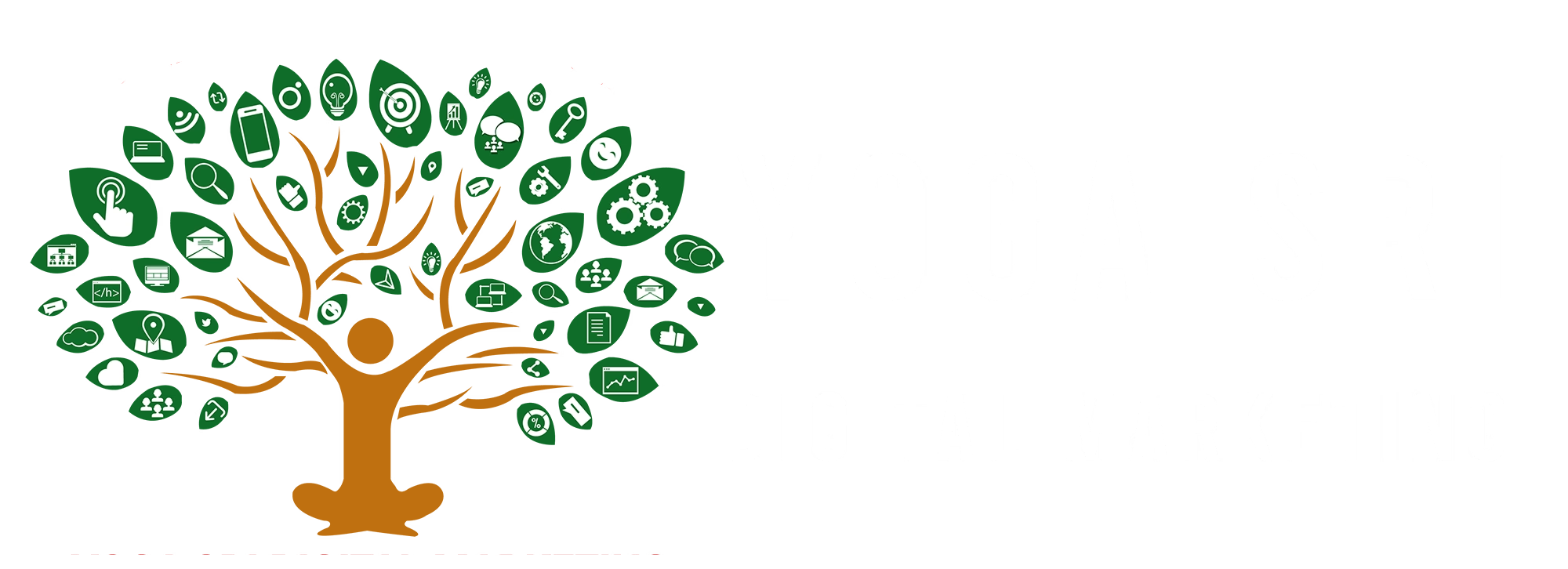
As a small business owner, you’ve probably heard the term “content marketing” thrown around a lot. But have you ever wondered how content turns strangers into loyal customers? That’s where the content marketing funnel comes into play.
In this beginner’s guide, we’ll break down what the content marketing funnel is, why it matters, and how you can use it to attract, engage, and convert your ideal customers—even if you don’t have a big budget or team.
What Is a Content Marketing Funnel?
A content marketing funnel is a visual model that represents the journey a potential customer goes through—from first hearing about your business to making a purchase and becoming a loyal fan.
It’s typically divided into three main stages:
- Top of Funnel (TOFU) – Awareness
- Middle of Funnel (MOFU) – Consideration
- Bottom of Funnel (BOFU) – Conversion
Let’s dive into each one.
1. Top of Funnel (TOFU): Awareness
This is the first stage where people discover your brand for the first time. Your goal here is to attract attention and provide helpful, engaging content that solves a problem or answers a question.
TOFU Content Types:
- Blog posts (like this one)
- Social media content
- Infographics
- Educational videos
- Podcasts
- SEO-optimized articles
Example:
If you own a bakery, a TOFU blog post might be:
“10 Easy Cake Recipes for Beginners” – It doesn’t sell your cakes directly but draws in people interested in baking.
2. Middle of Funnel (MOFU): Consideration
Now that people are aware of your business, the next step is to build trust and help them consider you as a solution to their problem. This is where you nurture your leads.
MOFU Content Types:
- Case studies
- Product comparison guides
- Email newsletters
- How-to videos or demos
- Webinars
- Free downloadable resources (eBooks, checklists, templates)
Example:
Our bakery might now offer:
“Free Cake Decorating Guide” in exchange for an email address. You can then follow up with a series of emails showcasing your expertise and offerings.
3. Bottom of Funnel (BOFU): Conversion
At this stage, your leads are warm and ready to buy. Your content should focus on removing objections, showcasing value, and encouraging them to take action—buy, book, or sign up.
BOFU Content Types:
- Testimonials
- Product demos or trials
- Special offers or discounts
- Detailed service pages
- Customer success stories
- Strong calls-to-action (CTAs)
Example:
The bakery could send a limited-time offer:
“Order Your Custom Birthday Cake Today and Get 10% Off!”
Bonus Stage: Post-Purchase / Loyalty
After the sale, your job isn’t done! Delight your customers with content that keeps them engaged and encourages referrals.
Loyalty Content Ideas:
- Thank-you emails
- How-to use or care for the product
- Referral programs
- Behind-the-scenes videos
- Loyalty discounts
Why the Funnel Matters for Small Businesses
Small businesses often have limited time, money, and manpower. The content marketing funnel allows you to:
- Target the right audience at the right time
- Maximize your marketing efforts by focusing on high-impact content
- Build long-term relationships with customers
- Improve conversion rates by nurturing leads properly
Getting Started: A Simple Funnel Plan
Here’s how you can apply this to your business with minimal resources:
| Funnel Stage | Content Type | Example |
|---|---|---|
| TOFU | Blog or Instagram Reels | “5 Tips for Picking the Right Gift” |
| MOFU | Free Guide or Email Series | “Download Our Free Gift-Wrapping Guide” |
| BOFU | Coupon or Offer | “15% Off Your First Purchase – Today Only!” |
Final Thoughts
You don’t need a massive marketing team or expensive tools to build a successful content marketing funnel. What you need is clarity, consistency, and a focus on solving your customers’ problems at every stage of their journey.
Start small. Pick one piece of content for each stage of the funnel. Test, refine, and grow.
Remember: great content doesn’t just attract visitors—it turns them into customers and fans.
